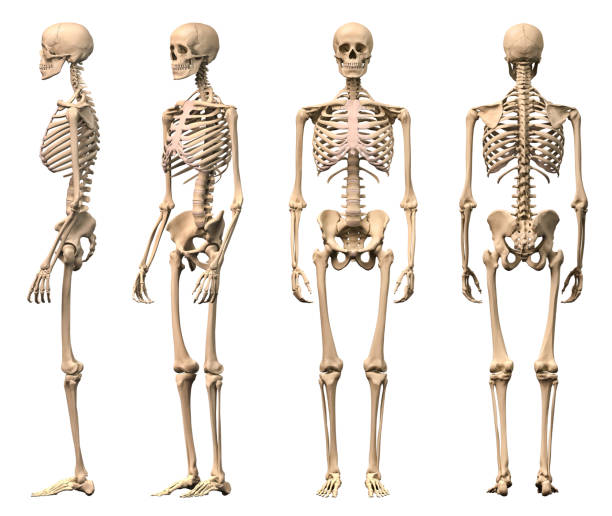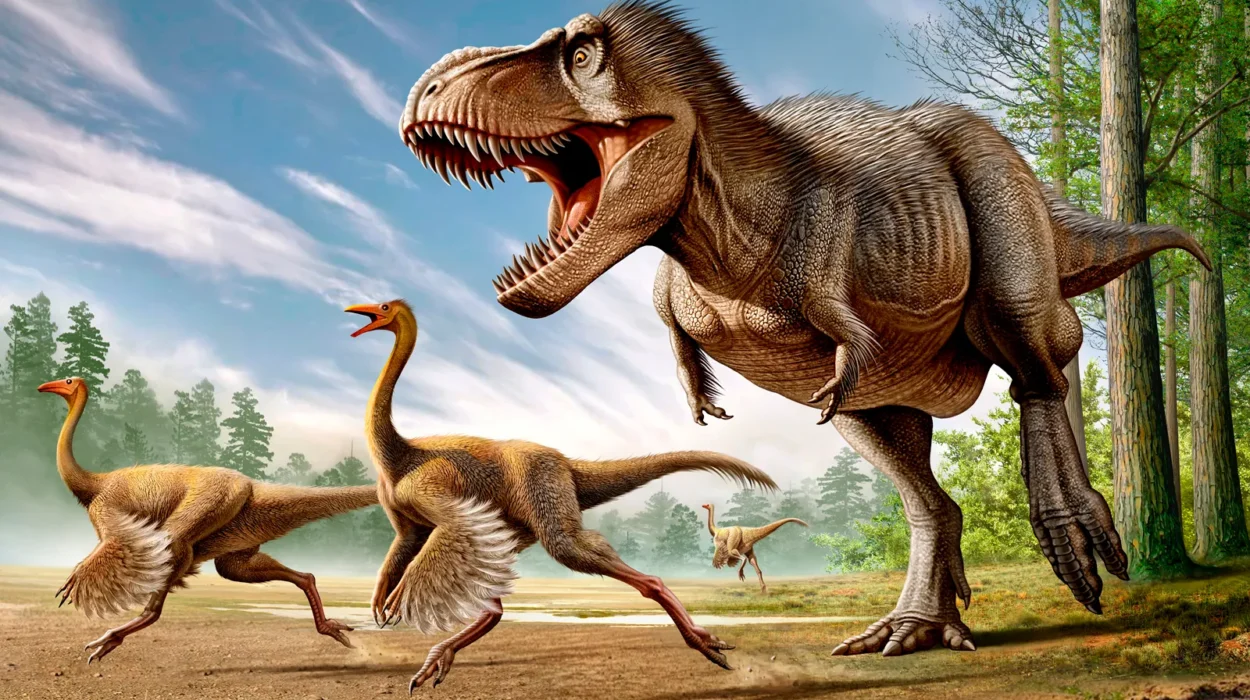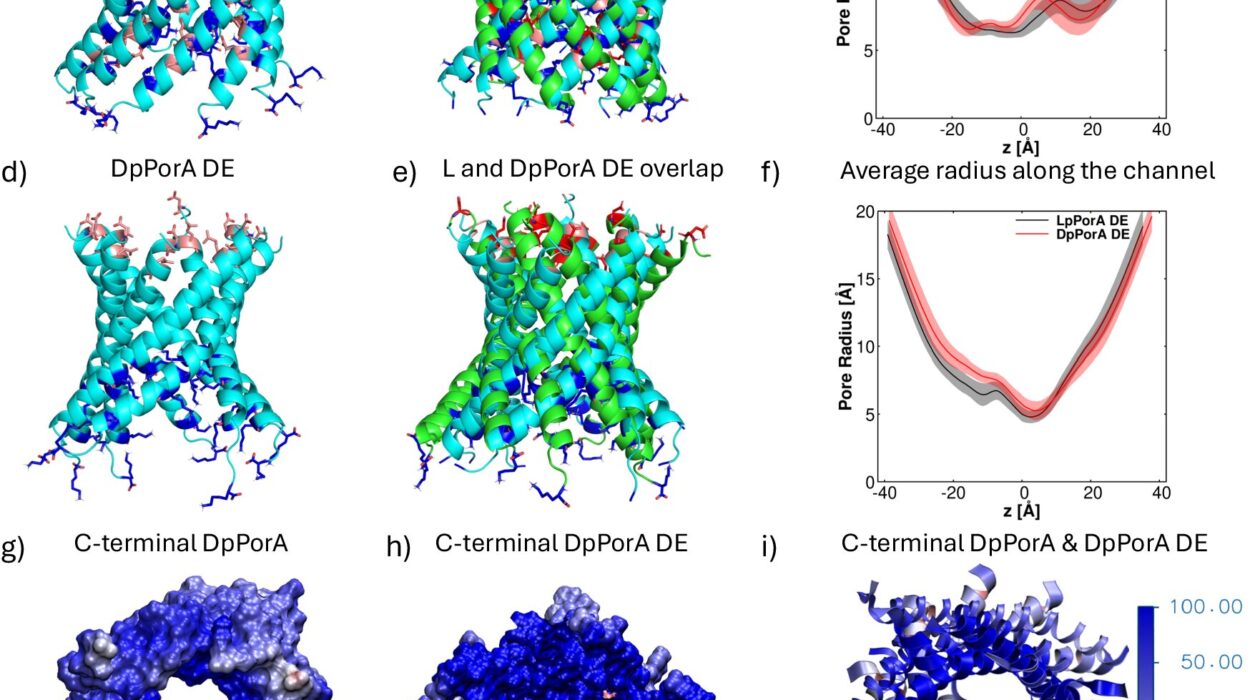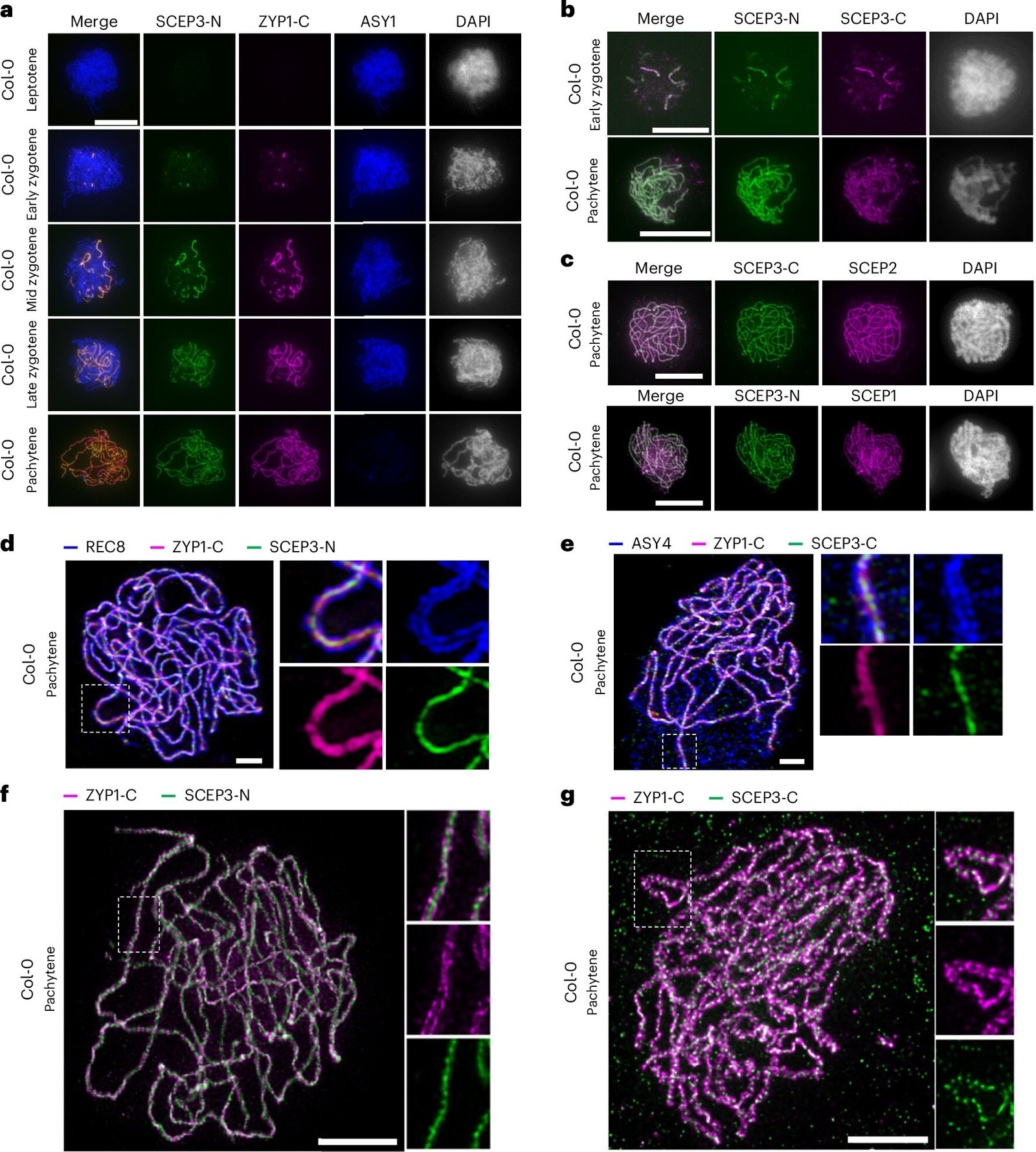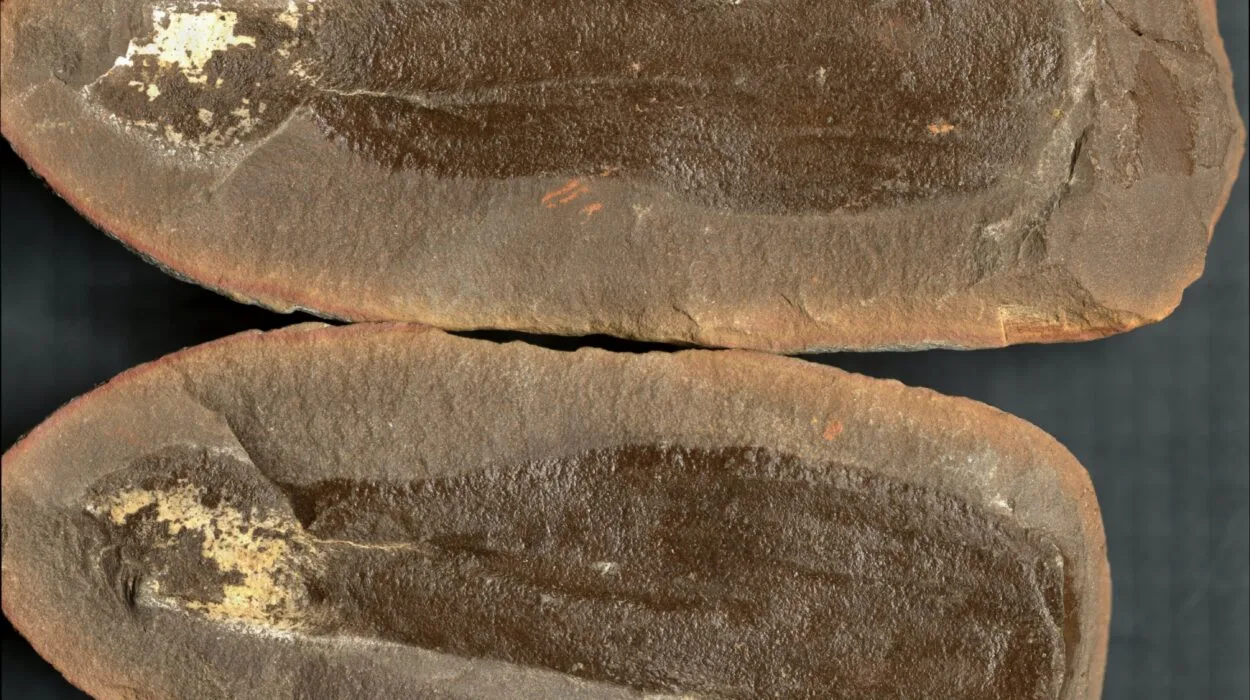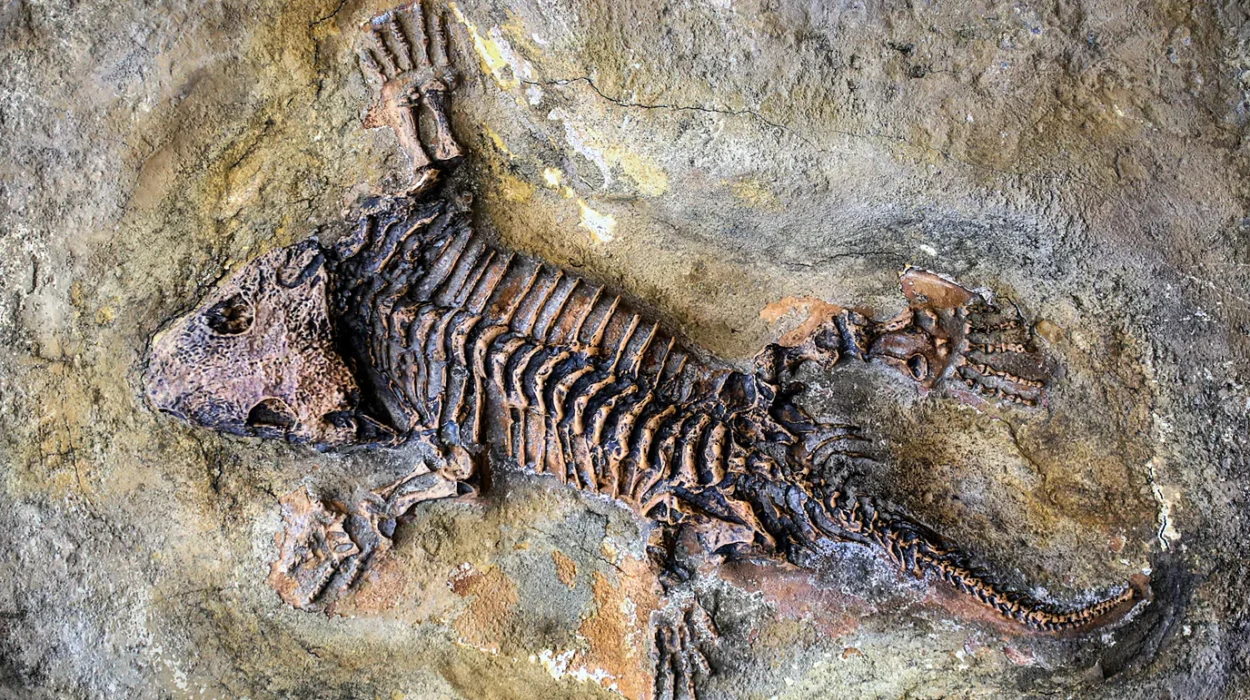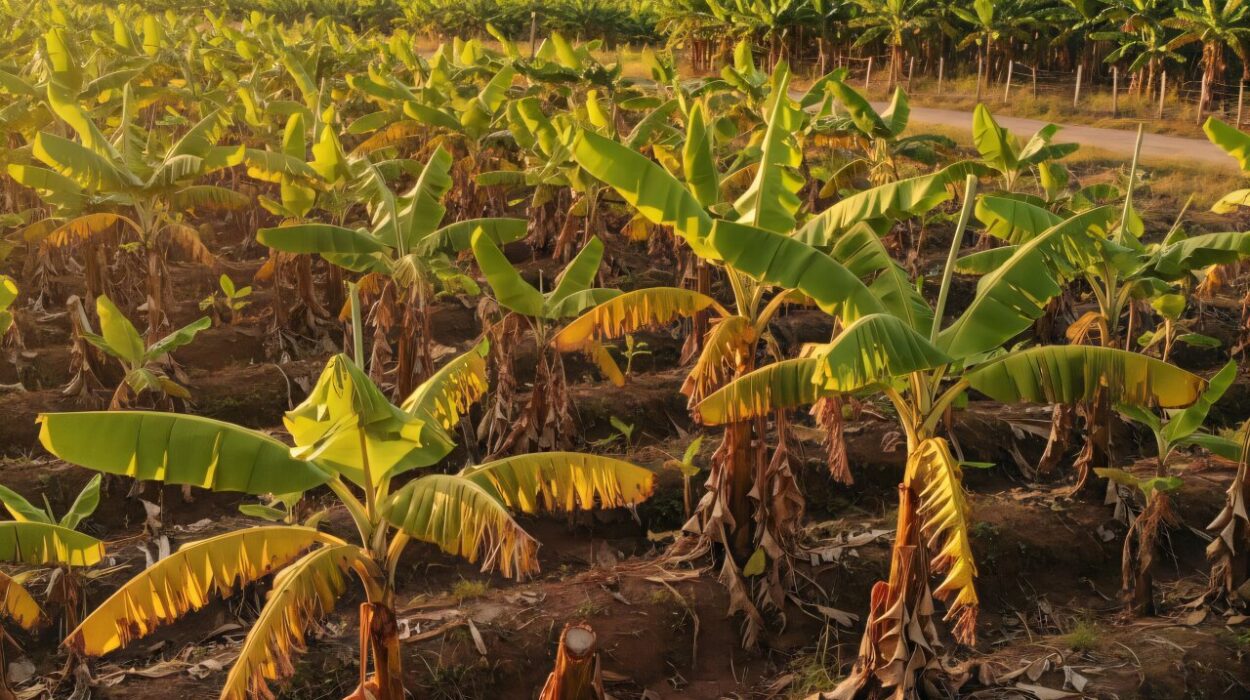Beneath the layers of skin, muscle, and blood that we see in the mirror every day, a remarkable structure quietly holds us together. It gives our bodies shape, protects our most vital organs, anchors our muscles, and even manufactures the cells that flow through our bloodstream. This intricate, resilient structure is the human skeleton—a living, dynamic masterpiece of biological engineering.
While often thought of as lifeless bone, the skeleton is anything but inert. It grows, repairs itself, adapts to stress, and plays vital roles far beyond mere support. Every step we take, every movement of our fingers, every heartbeat deep within our ribcage, is made possible because of this remarkable internal framework.
In this detailed journey through the human skeleton, we will explore its architecture, its development, its many functions, and its profound importance to human life. We will also uncover its evolutionary origins, its role in medicine, and the exciting future of skeletal science.
The Composition of the Human Skeleton: More Than Just Bone
At first glance, the human skeleton appears simple—a rigid scaffolding made of bone. But in reality, it’s a marvel of diverse tissues and complex structures working harmoniously.
Bone itself is a unique composite material, combining strength and flexibility. Its primary components are collagen, a protein that provides a soft framework, and hydroxyapatite, a mineral form of calcium phosphate that gives bone its hardness. This combination allows bones to be strong enough to withstand stresses yet flexible enough to absorb impacts without shattering.
But bones are not alone in building the skeleton. Cartilage plays a critical role, particularly at joints where it reduces friction and cushions movements. Ligaments—tough bands of connective tissue—link bones to other bones, stabilizing joints. Tendons connect muscles to bones, enabling motion.
Within the bones, a soft, spongy tissue called bone marrow generates new blood cells—a reminder that the skeleton is not just structural but also vital to our body’s internal chemistry.
The Structure of the Skeleton: A System of Regions
The human skeleton is elegantly organized into two major parts: the axial skeleton and the appendicular skeleton.
The axial skeleton forms the central axis of the body. It includes the skull, which encases the brain; the vertebral column or spine, which protects the spinal cord; and the thoracic cage, made up of the ribs and sternum, which shields the heart and lungs. The axial skeleton is responsible for supporting and protecting the body’s vital organs and maintaining posture.
The appendicular skeleton consists of the bones of the limbs and the girdles (shoulder bones and hip bones) that connect them to the axial skeleton. It’s the appendicular skeleton that allows us to move through the world—reaching, running, climbing, grasping, and expressing ourselves.
Together, the human skeleton typically comprises 206 bones in adults, though the exact number can vary slightly due to small extra bones called sesamoid bones that can develop within tendons.
The Skull: Protecting the Brain and Forming the Face
The human skull is a masterpiece of both strength and design. It protects the brain—the most delicate and vital organ—and houses the sensory structures for sight, hearing, smell, and taste.
The skull is composed of 22 bones, which are fused together by joints called sutures. These sutures are immovable in adults but allow for slight flexibility during birth, enabling the infant’s head to pass through the birth canal.
The cranium encloses the brain, while the facial bones form the structure of the face, support the teeth, and provide attachment points for muscles that allow for facial expressions—a defining trait of human communication.
The jawbone, or mandible, is the only movable bone of the skull, crucial for chewing and speaking.
The Spine: The Backbone of the Body
Running from the base of the skull to the pelvis, the vertebral column is the central support structure of the body. It not only protects the spinal cord—a vital highway of nerve connections—but also bears much of the body’s weight.
The vertebral column is made up of 33 vertebrae in early life, which eventually fuse into 24 movable vertebrae and two composite bones: the sacrum and the coccyx.
The vertebrae are grouped into regions:
- Cervical spine (7 vertebrae) in the neck
- Thoracic spine (12 vertebrae) connected to the ribs
- Lumbar spine (5 vertebrae) in the lower back
- Sacrum and coccyx at the base
Between each vertebra are intervertebral discs—pads of cartilage that act as shock absorbers and allow for flexibility and movement.
The spine’s natural curves—cervical, thoracic, lumbar, and sacral—give it resilience and the ability to distribute mechanical stress during movement.
The Ribcage: Shield of the Vital Organs
The thoracic cage, or ribcage, consists of 12 pairs of ribs, the sternum (breastbone), and the thoracic vertebrae. Together, they form a protective enclosure around the heart and lungs.
The ribs are not just rigid plates; they are slightly flexible, allowing the chest to expand and contract during breathing. The upper seven pairs, called true ribs, are directly attached to the sternum. The next three pairs, false ribs, are connected indirectly, while the last two pairs, floating ribs, do not attach to the sternum at all.
The ribcage demonstrates a perfect balance of protection and mobility, enabling the crucial act of respiration while safeguarding the organs it encases.
The Limbs: Tools for Movement and Interaction
The appendicular skeleton is what enables humans to interact dynamically with the environment.
The upper limbs—arms, forearms, wrists, and hands—are marvels of dexterity and strength. The shoulder girdle, composed of the clavicle (collarbone) and scapula (shoulder blade), provides a wide range of motion, unlike the more constrained hips.
The hand is a particularly fascinating structure, containing 27 bones and allowing for intricate movements that no other species can match. Our opposable thumbs, a key evolutionary development, enable precise grips essential for tool use, writing, and art.
The lower limbs—thighs, legs, ankles, and feet—are adapted for weight-bearing and locomotion. The pelvic girdle connects the lower limbs to the axial skeleton, supporting the body’s weight and providing a sturdy base for standing and walking.
The structure of the human foot, with its arches and multiple bones, offers a combination of strength, flexibility, and shock absorption, allowing humans to run, jump, and climb.
Bone Growth and Development: From Cartilage to Strength
The human skeleton begins forming long before birth. In the fetus, the skeleton is initially made of cartilage—a flexible, rubbery material. Over time, a process called ossification replaces cartilage with bone.
There are two types of ossification:
- Intramembranous ossification forms flat bones like the skull.
- Endochondral ossification forms long bones like the femur.
During childhood and adolescence, bones grow longer at regions called growth plates located near the ends of long bones. Growth continues until these plates close in early adulthood, around the age of 18 to 25.
Bone is a dynamic tissue—it continuously remodels itself throughout life. Specialized cells called osteoblasts build new bone, while osteoclasts break down old bone. This process allows bones to adapt to stress, repair fractures, and maintain mineral homeostasis.
Functions of the Skeleton: More Than a Support System
While the skeleton’s most obvious role is structural support, it serves many other critical functions.
Protection is paramount. The skull protects the brain, the spine shields the spinal cord, the ribcage encases the heart and lungs, and the pelvis guards the reproductive organs.
The skeleton also acts as a lever system for movement. Muscles are attached to bones, and when they contract, they pull on the skeleton to produce movement.
Perhaps less well known, bones are essential for mineral storage, particularly calcium and phosphorus, which can be released into the bloodstream as needed.
Finally, bones house bone marrow, the site of hematopoiesis—the production of blood cells. Red marrow in certain bones produces red blood cells, white blood cells, and platelets vital for carrying oxygen, fighting infection, and clotting blood.
Diseases of the Skeleton: When Structure Fails
When the skeleton’s health is compromised, the results can be devastating.
Osteoporosis is a common condition where bones become porous and fragile, increasing the risk of fractures. It’s often associated with aging and hormonal changes, especially in postmenopausal women.
Arthritis, including osteoarthritis and rheumatoid arthritis, affects the joints, leading to pain, stiffness, and decreased mobility.
Fractures are perhaps the most immediate skeletal injury, ranging from simple cracks to complex breaks requiring surgical intervention.
Congenital disorders, like osteogenesis imperfecta (brittle bone disease), result from genetic mutations affecting bone structure.
Understanding these conditions has driven the development of treatments such as bone grafts, joint replacements, and pharmaceutical interventions that slow bone loss.
The Evolution of the Human Skeleton: A Story Written in Bone
The human skeleton bears the marks of millions of years of evolution.
Early ancestors had skeletons suited for life in the trees. Over time, as humans evolved to walk upright—a defining trait known as bipedalism—profound changes occurred. The spine developed an S-shaped curve, the pelvis shortened and widened, and the legs grew longer relative to the arms.
These adaptations not only freed the hands for tool use and communication but also changed the way energy is expended, influencing our ability to travel long distances and survive in diverse environments.
Fossilized skeletons, like those of Australopithecus afarensis (“Lucy”) and Homo erectus, offer crucial insights into these transformations and the origins of modern Homo sapiens.
The Future of Skeletal Science: Repairing and Enhancing the Framework
Advances in biotechnology and medicine are opening new frontiers in skeletal science.
Tissue engineering holds the promise of growing new bone and cartilage in the lab, potentially revolutionizing treatments for injuries and degenerative diseases.
3D printing technology is already being used to create custom prosthetics and even experimental bone grafts tailored to individual patients.
Gene therapy offers hope for correcting genetic skeletal disorders at their source, while regenerative medicine seeks to stimulate the body’s own stem cells to repair damaged tissues.
Meanwhile, scientists continue to explore ways to enhance the skeleton’s natural abilities, potentially improving healing, increasing strength, and even delaying the effects of aging.
Conclusion: The Skeleton—More Alive Than We Imagine
The human skeleton is far more than a framework of calcium and collagen. It is a living, breathing system, constantly remodeling itself, supporting life, and adapting to the challenges it faces.
Without it, movement would be impossible, organs would have no protection, and the very chemistry of our blood would falter. Yet, like so many vital systems, we often take it for granted until something goes wrong.
In understanding the skeleton’s remarkable complexity, we gain not just knowledge, but appreciation—a deeper respect for the silent strength that holds us upright, enables our dreams of movement and action, and serves as the foundation of the human body.
Beneath our skins lies a story written in bone—a story of life, growth, adaptation, resilience, and enduring strength.
